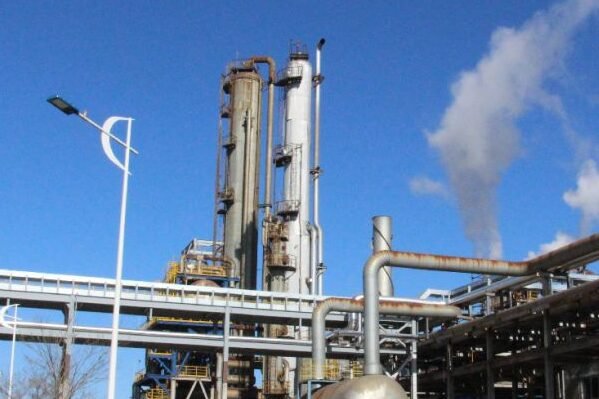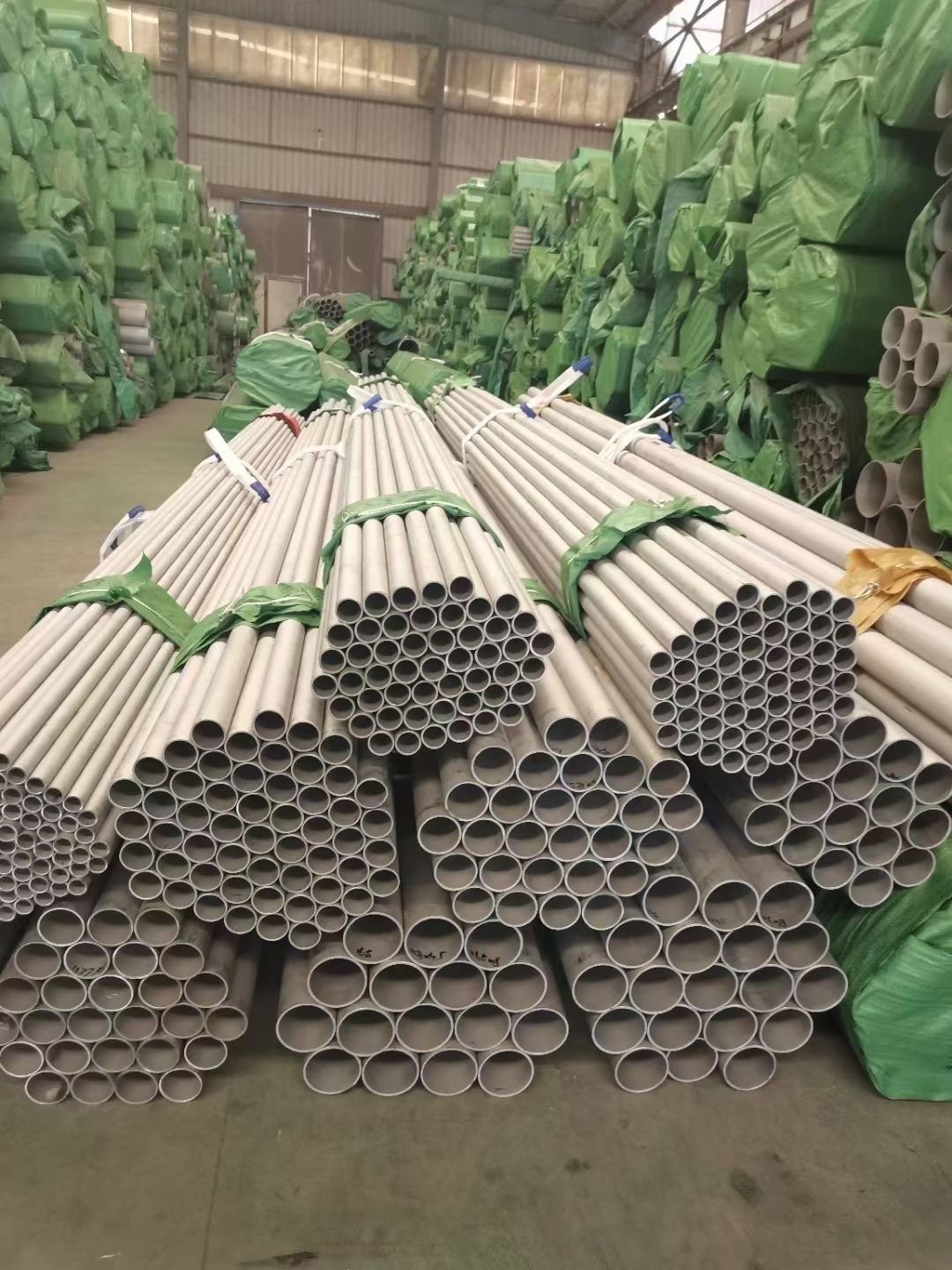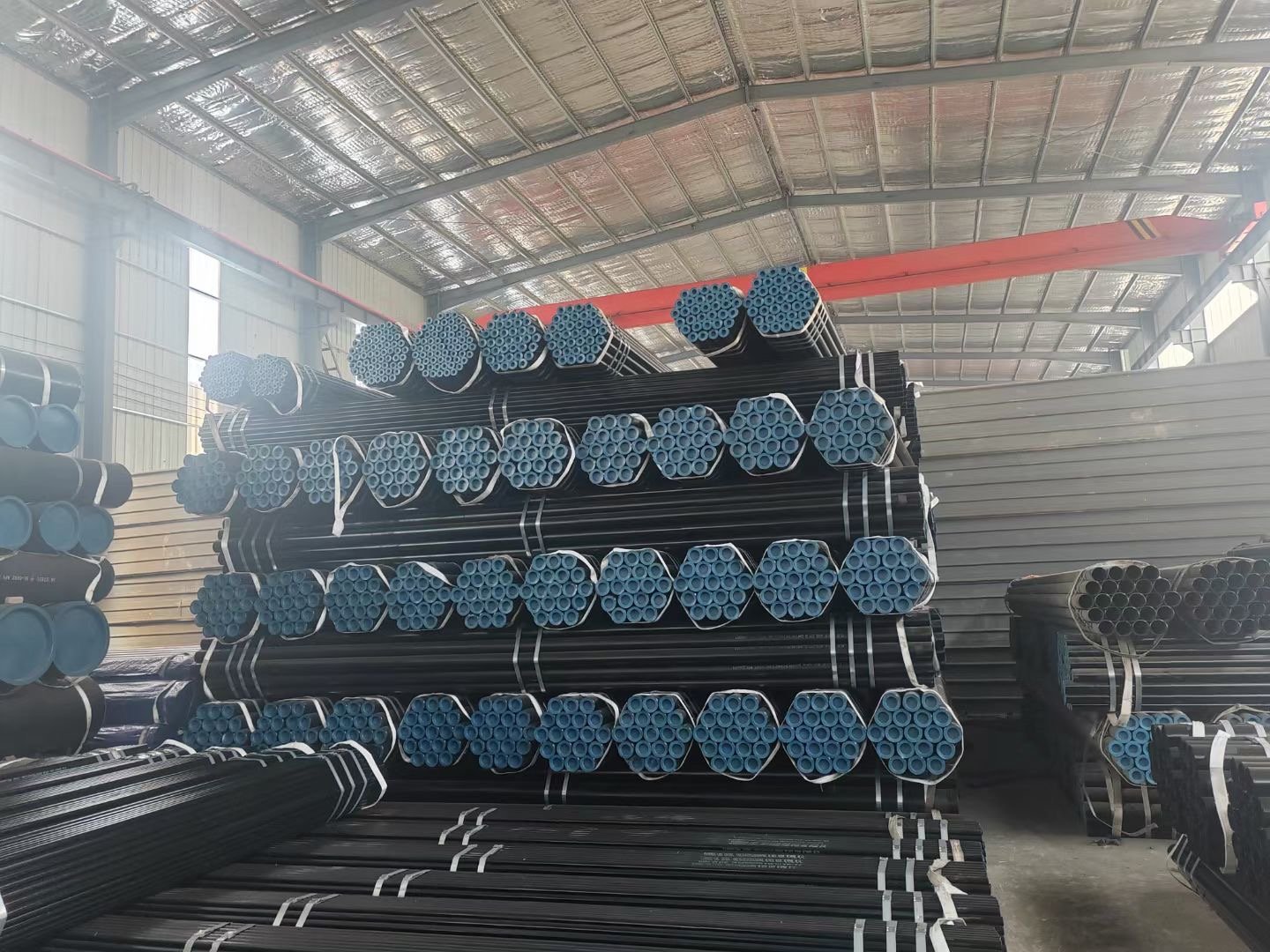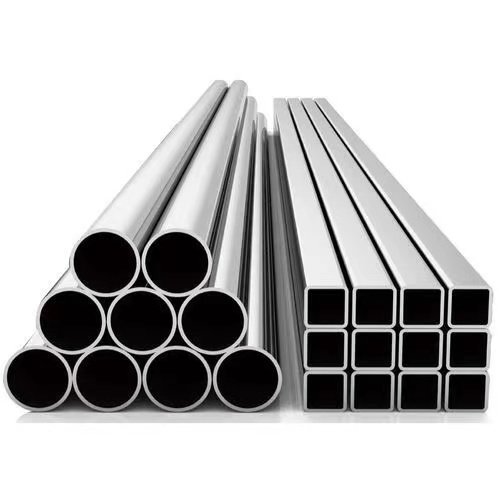When choosing between aluminum and stainless steel pipes, consider corrosion resistance (stainless steel excels, while aluminum is adequate for atmospheric conditions), strength and durability (stainless steel is stronger, suitable for high-pressure uses; aluminum is lighter, ideal where weight is a concern), and temperature resistance (stainless steel withstands high temperatures better). Cost is also a factor; aluminum is generally more affordable, whereas stainless steel is pricier but offers greater longevity. Additionally, assess the specific application requirements, such as environmental conditions, weight considerations, and industry standards, to ensure the chosen material aligns with the project’s needs.
Here’s a guide to help make an informed decision:
- Corrosion Resistance:
- Stainless Steel: Excellent resistance to a wide range of chemicals and environments, especially effective against rust and corrosion.
- Aluminum: Good corrosion resistance, particularly to atmospheric conditions. However, it can be susceptible to certain chemicals.
- Strength and Durability:
- Stainless Steel: Generally stronger and more durable, making it suitable for high-pressure applications.
- Aluminum: Lighter and less strong than stainless steel. Ideal for applications where weight is a concern.
- Temperature Resistance:
- Stainless Steel: Superior in high-temperature environments, maintaining strength and stability.
- Aluminum: Has a lower melting point and may not perform as well in high-temperature situations.
- Weight Considerations:
- Aluminum: Lightweight, beneficial for applications where reducing weight is crucial, such as in automotive or aerospace.
- Stainless Steel: Heavier, which might be a factor in certain construction or industrial applications.
- Cost and Budget:
- Stainless Steel: Typically more expensive, reflecting its durability and resistance properties.
- Aluminum: Generally more cost-effective, a good choice for budget-sensitive projects.
- Machinability and Fabrication:
- Aluminum: Easier to cut and shape, which can be advantageous in complex custom fabrications.
- Stainless Steel: Requires more robust tools and techniques for machining and welding.
- Aesthetic and Finishing:
- Stainless Steel: Offers a high-end, professional look, often desirable for visible applications.
- Aluminum: Also presents a clean and modern appearance but can be more prone to scratching.
- Application Specifics:
- Consider the specific environmental conditions and mechanical requirements. For instance, stainless steel is preferred in marine environments, while aluminum might be more suited for lightweight structures.
- Industry Standards and Compliance:
- Ensure the chosen material meets industry-specific standards and regulations, especially in critical sectors like food processing, medical, or aerospace.
In summary, the choice between aluminum and stainless steel pipes should be based on a comprehensive assessment of the application’s needs, including environmental exposure, strength requirements, temperature conditions, weight considerations, and budget. For businesses like SteelMerge, providing guidance on the right material choice can add significant value to client interactions, ensuring optimal product performance and satisfaction.







